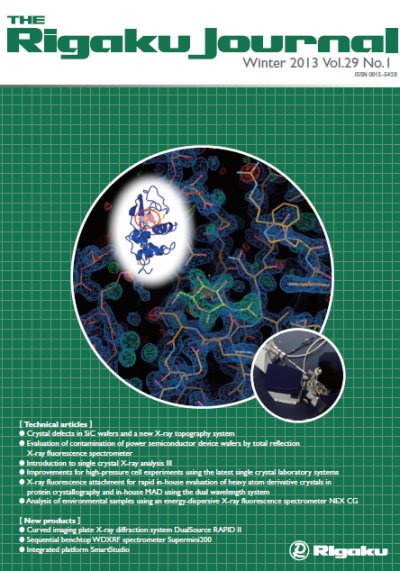The elemental analysis of environmental samples is essential for the heath of human beings and an accurate and rapid analysis technique is demanded.
ICP-OES (Inductively Coupled Plasma Optical Emission Spectrometry) and AAS (Atomic Absorption Spectrometry) for elemental analysis are typical wet chemistry techniques. On the other hand, X-ray fluorescence (XRF) spectrometry has three advantages: easy sample preparation, high reproducibility and rapid analysis. It has also been widely used for environmental applications.
The energy dispersive X-ray fluorescence spectrometer NEX CG with polarized optics enables data measurements with low background and high peak-to-background ratio (P/B ratio). Therefore, trace amounts of hazardous elements contained in environmental samples can be analyzed with high sensitivity. Moreover, the scattering fundamental parameter method corrects for the influence from non-measurable components in samples such as coal fly ash, soils and biological samples by using Compton and Thomson scattering intensities from a Mo secondary target.
In this paper, the analyses of hazardous and the other elements in a variety of environmental samples such as polluted soil and biological samples are introduced.

